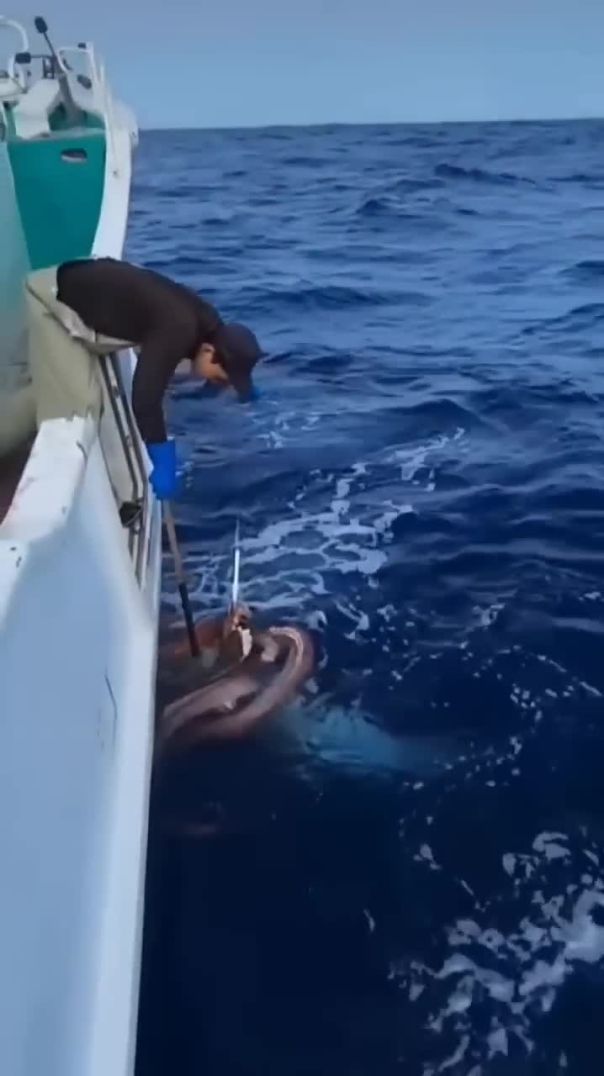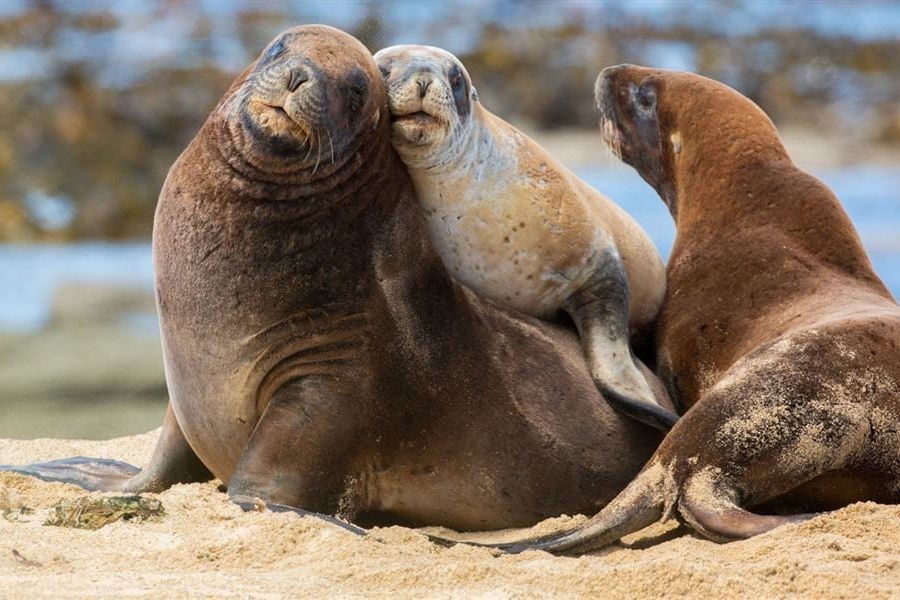The juxtaposition of marine and land wildlife in Australia presents a compelling narrative of survival, adaptation, and imminent threats. As one of the most biodiverse countries globally, Australia's unique ecosystems are facing unprecedented challenges, largely due to human activity and climate change. This article delves into the threats facing marine versus land wildlife, providing a comprehensive understanding based on data and expert insights.
Understanding the Threat Landscape
Australia is home to over 570,000 species, with more than 80% of its mammals, frogs, flowering plants, and reptiles found nowhere else in the world. However, the Australian Bureau of Statistics (ABS) reports that about 1,700 species of Australian flora and fauna are threatened with extinction. These threats are multifaceted, stemming from habitat destruction, invasive species, pollution, and climate change.
Marine Wildlife: Facing the Deep Blue Threats
Marine wildlife in Australia is primarily threatened by climate change, overfishing, and pollution. The Great Barrier Reef, covering more than 344,000 square kilometers, is a prime example. Recent studies indicate that climate change-induced coral bleaching events have affected two-thirds of the reef, drastically reducing marine biodiversity. Furthermore, the Australian Institute of Marine Science reports a significant decline in coral cover, impacting fish populations that depend on coral reefs for survival.
Pollution, particularly plastic, poses another significant threat. The CSIRO estimates that approximately 75% of marine debris found in Australian waters is plastic. These plastics endanger marine life through ingestion and entanglement, further exacerbating the decline of species such as the green sea turtle and various seabird species.
Land Wildlife: Battling the Fire and Fragmentation
On land, wildlife faces different yet equally daunting threats. Australia's devastating bushfires, particularly the 2019-2020 season, have burned over 18.6 million hectares, affecting an estimated 3 billion animals. These fires not only destroy habitats but also disrupt food chains, leading to long-term ecological impacts.
Habitat fragmentation, driven by urban development and agriculture, further isolates animal populations, reducing genetic diversity and increasing extinction risks. The koala, an iconic Australian species, has seen its habitat shrink due to land clearing, prompting projections of potential extinction by 2050 if current trends continue.
Case Study: The Resilience of the Great Barrier Reef
Problem:
The Great Barrier Reef, a World Heritage site, has faced severe bleaching events, with 2016 and 2017 seeing back-to-back occurrences due to rising sea temperatures.
Action:
Efforts to combat these impacts include the Australian government's Reef 2050 Long-Term Sustainability Plan, focusing on improving water quality, reducing carbon emissions, and enhancing reef resilience through active restoration projects.
Result:
Preliminary results show localized improvements in coral cover where active restoration projects are implemented, highlighting the potential for human intervention in mitigating climate change impacts.
Takeaway:
This case study underscores the importance of targeted conservation efforts and sustainable practices in reversing damage to marine ecosystems. Australian businesses can contribute by adopting eco-friendly practices and supporting conservation initiatives.
Data-Driven Insights
According to the Department of the Environment and Energy, Australia invests over AUD 1.1 billion annually in environmental protection. Yet, the effectiveness of these investments remains a topic of debate. A report by the Australian Conservation Foundation highlights that more than a third of threatened species recovery plans remain unfunded, pointing to a critical gap between policy and practice.
Furthermore, studies from the University of Sydney reveal that climate change impacts have already led to a 30% reduction in suitable habitats for various land species, including the koala and the Leadbeater's possum.
Contrasting Viewpoints: Marine vs. Land Wildlife Conservation Priorities
Advocate for Marine Conservation:
Proponents argue that marine ecosystems, such as coral reefs, support not only biodiversity but also crucial economic sectors like tourism and fisheries. Protecting these ecosystems ensures food security and economic stability.
Critic View for Land Conservation:
Critics emphasize the irreplaceable nature of terrestrial ecosystems and their role in carbon sequestration. They argue that land conservation should be prioritized to mitigate broader environmental impacts.
Middle Ground:
A balanced conservation strategy should integrate both marine and land efforts, leveraging technological advancements and community engagement to maximize impact.
Common Myths and Mistakes
- Myth: "Marine wildlife is more resilient to climate change than land wildlife." Reality: In fact, marine ecosystems like coral reefs are extremely sensitive to temperature changes, making them highly vulnerable to climate change.
- Myth: "Land wildlife can easily adapt to urban environments." Reality: While some species adapt, many face increased mortality rates due to habitat loss and human interference.
- Myth: "Conservation efforts are too expensive and yield minimal results." Reality: Effective conservation strategies, when properly funded and implemented, can reverse species decline and provide significant ecological and economic benefits.
Future Trends and Predictions
By 2030, advancements in technology and increased public awareness are expected to drive more effective conservation strategies. The integration of AI and satellite monitoring could enhance real-time tracking of wildlife populations, enabling faster response to environmental threats.
Furthermore, the Australian government is likely to increase funding for conservation as part of its commitment to international biodiversity targets. This will provide new opportunities for businesses and communities to engage in sustainable practices that support both economic growth and environmental health.
Conclusion
The threats facing Australia's marine and land wildlife are both significant and multifaceted. Addressing them requires a concerted effort from governments, businesses, and communities. By leveraging data-driven strategies, innovative technologies, and collaborative conservation efforts, Australia can preserve its unique biodiversity for future generations.
What are your thoughts on the biggest challenges facing Australia's wildlife? Share your insights and engage in the discussion below!
People Also Ask
- How does climate change impact marine wildlife in Australia? Rising sea temperatures lead to coral bleaching and disrupt marine ecosystems, affecting biodiversity and fish populations crucial for food and economic activities.
- What are the biggest misconceptions about wildlife conservation? One common myth is that conservation efforts are too costly and ineffective. However, research shows that well-funded strategies can significantly improve species recovery rates.
- What strategies are effective for wildlife conservation in Australia? Experts recommend integrated approaches combining habitat restoration, policy enforcement, and community engagement to ensure sustainable conservation outcomes.
Related Search Queries
- Threats to marine life in Australia
- Land wildlife conservation strategies
- Impact of climate change on Australian wildlife
- Great Barrier Reef conservation efforts
- Australian bushfire impact on wildlife
- Plastic pollution in Australian waters
- Marine biodiversity in Australia
- Koala habitat conservation
- Future of wildlife conservation in Australia
- Sustainable practices for Australian businesses






























